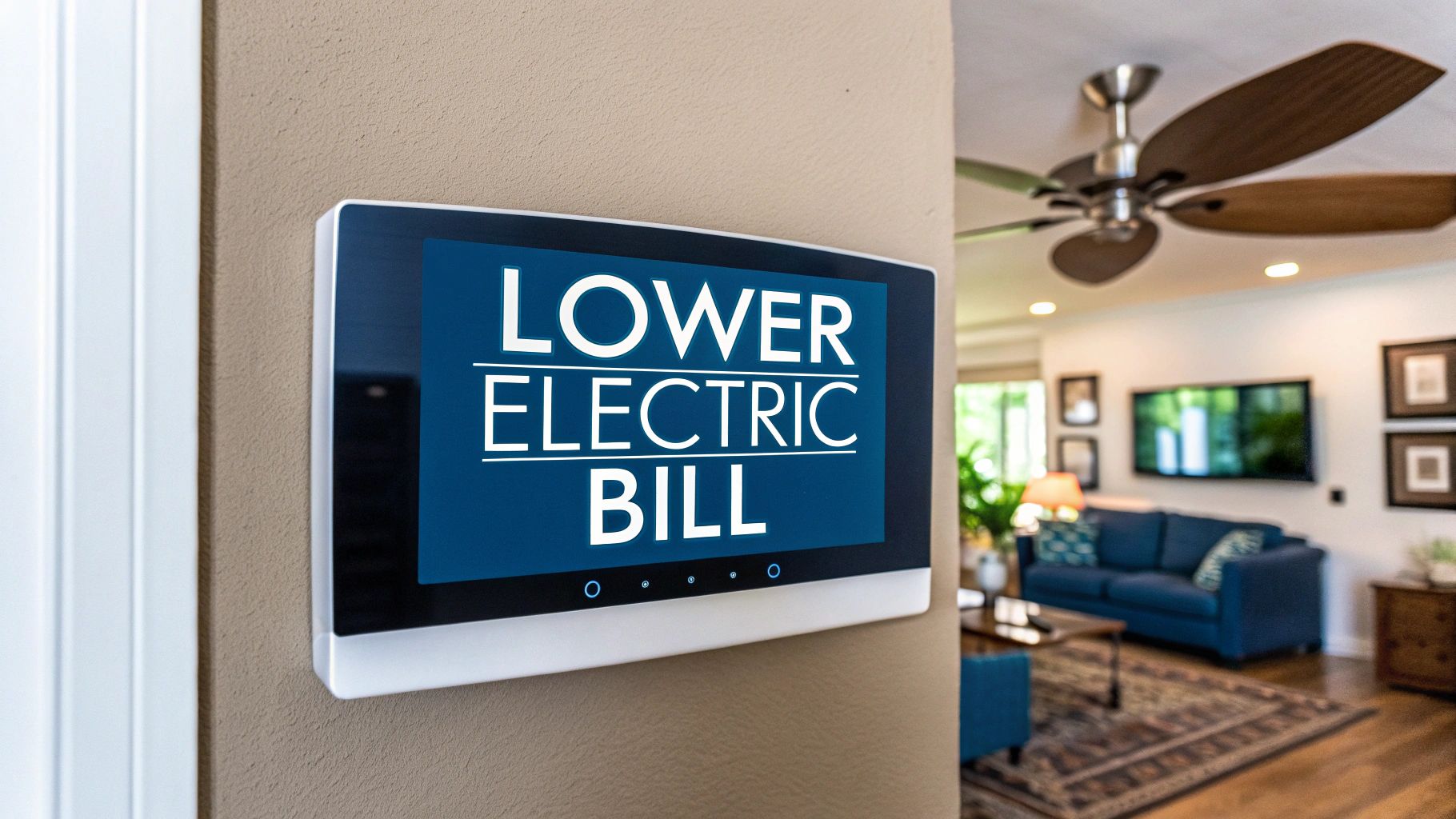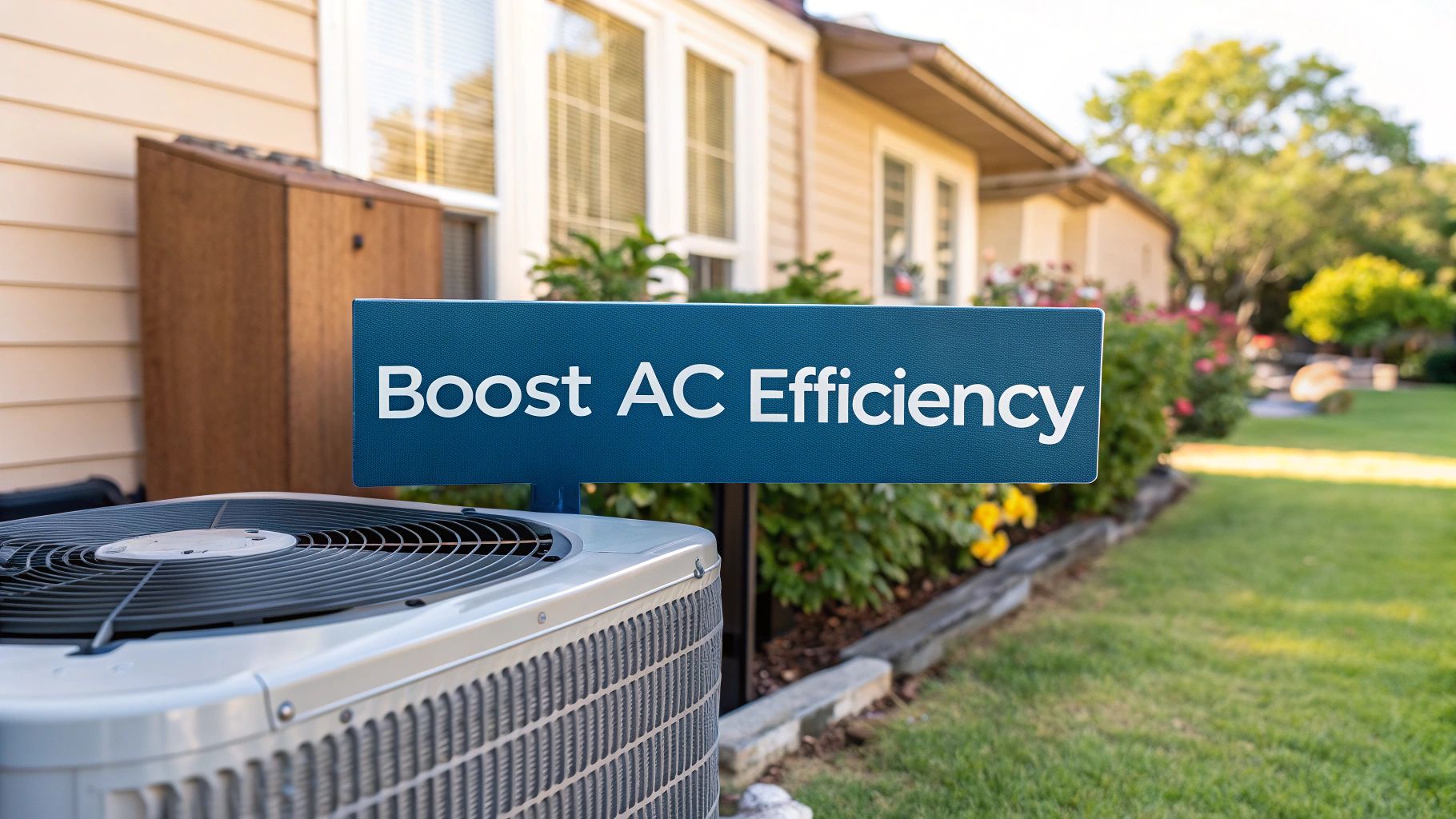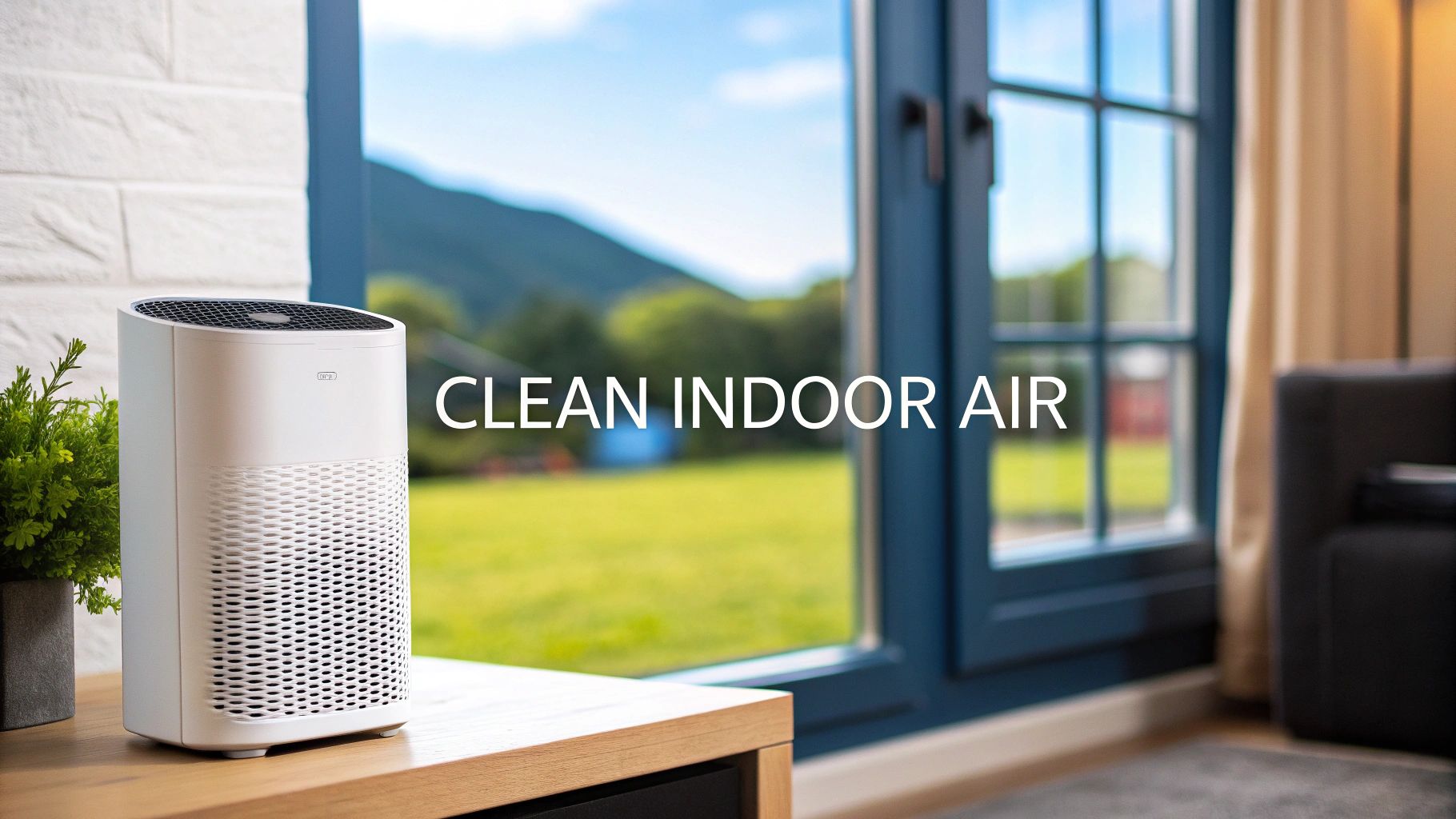If you want to see a real drop in your electric bill—and fast—the secret is to go after the biggest energy hogs in your home first. We're talking about your HVAC system and your major appliances. By making a few smart adjustments, like tweaking your thermostat settings or cutting out the "phantom load" from your electronics, you can start saving money right away. No investment needed. These simple habits are the bedrock of an energy-efficient home.
Your Action Plan for Immediate Energy Savings
That feeling when you open a sky-high electric bill is the worst. It’s especially frustrating when you think you’re already being careful. But here’s the good news: you don’t need to do a massive, expensive overhaul to see a change. Real, tangible savings come from making smarter, day-to-day choices about how and when you use energy. It's all about working smarter, not harder, to keep that money where it belongs—in your wallet.
This visual guide is a great starting point, showing you exactly where to focus for the biggest impact.
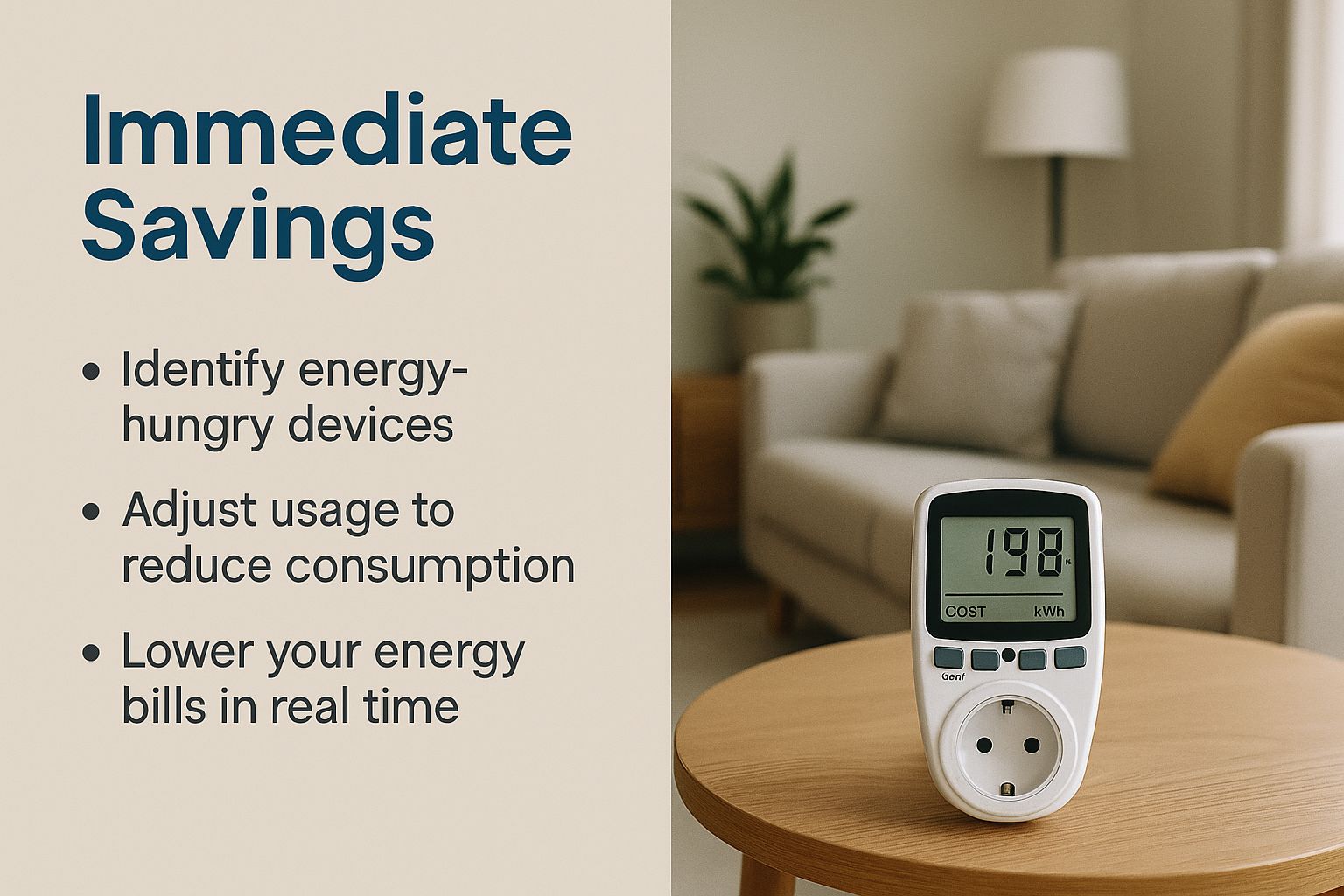
As you can see, even tiny changes to big systems like your air conditioner can make a huge difference on your monthly statement.
First, Find Your Biggest Energy Users
Before you can start cutting costs, you have to know where your energy is actually going. For most of us here in Florida, the main culprit is no surprise. Your air conditioner is almost always public enemy number one, easily gobbling up over 50% of your total electricity use in the summer.
After cooling, the list of usual suspects includes:
- Water Heater: It takes a ton of energy to keep that water hot.
- Refrigerator & Freezer: These appliances never sleep. They're running 24/7, constantly pulling power.
- Washer & Dryer: The one-two punch of heating water for the wash and then generating high heat for drying is a major power draw.
- Lighting & Electronics: One device might not seem like much, but when you add them all up, they make a real dent.
Knowing this pecking order is crucial. Think about it: saving 10% on your cooling costs is going to put way more money back in your pocket than saving 10% on your lighting. A fantastic way to start is by doing a simple walkthrough of your home. You can even use our detailed home energy audit checklist to help you spot specific energy-wasters you might otherwise overlook.
Pro Tip: Don't try to fix everything at once. Focusing your efforts on the top two or three energy hogs in your house will give you the biggest bang for your buck and the fastest results.
A Quick Look at the Most Effective Changes
To make it even simpler, here are the most impactful strategies you can implement today, ranked by their potential to lower your bill.
Top 5 High-Impact Ways to Lower Your Electric Bill
| Strategy | Potential Savings | Effort Level |
|---|---|---|
| Optimize Thermostat Settings | High (up to 10% per year) | Low |
| Unplug Electronics (Phantom Load) | Medium (5-10% of total usage) | Low |
| Wash Clothes in Cold Water | Medium (saves up to 90% of washer energy) | Low |
| Seal Air Leaks (Doors/Windows) | High (10-20% on heating/cooling) | Medium |
| Use Ceiling Fans Correctly | Medium (lowers A/C costs by 4-8%) | Low |
Focusing on these five areas first will give you the most significant return on your time and effort, helping you see savings on your very next bill.
Easy Changes for Quick Results
Once you know what’s using the most power, you can start making simple, no-cost changes that add up. For instance, just setting your thermostat to 78°F when you're home and a few degrees warmer when you head out is one of the single most effective habits you can build.
Another easy win? Unplugging electronics when you're not using them. Better yet, plug them into a power strip and just flip the switch off. That "phantom power" they draw while on standby can really add up over a year. It's these small, consistent actions that lead to big savings over time.
Take Control of Your Thermostat and Watch the Savings Roll In
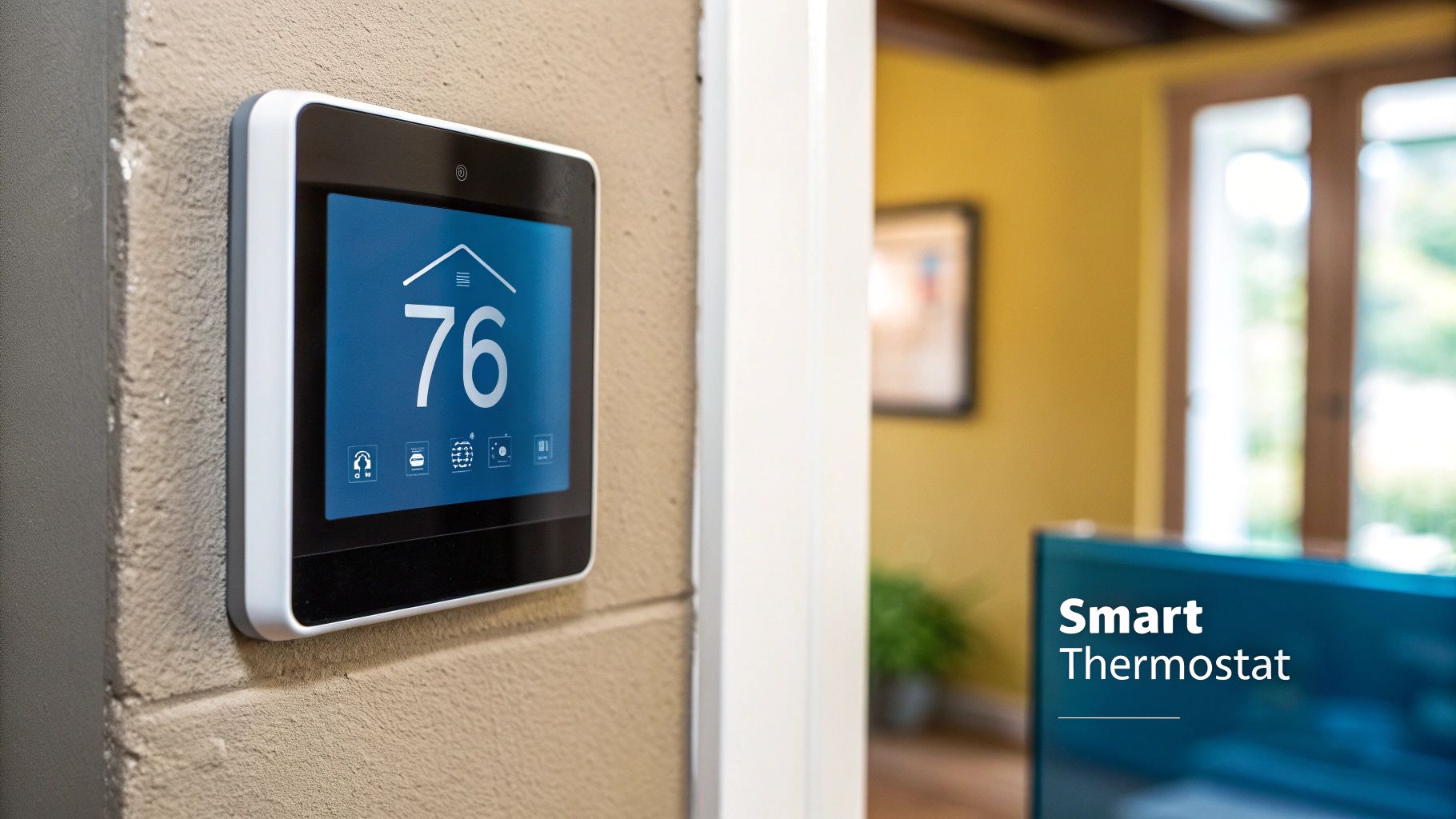
Let's be honest, your HVAC system is the undisputed heavyweight champion of your home's energy use. That also means your thermostat is the single most powerful tool you have for cutting down your electric bill. But it’s about more than just nudging the temperature down a degree or two.
The real secret is making your cooling schedule match your family's actual routine. With a basic thermostat, you have to remember to adjust it every time you leave or head to bed—and who remembers to do that? Upgrading to a programmable or smart thermostat automates the whole process, so you're never paying to cool an empty house again.
Create a Schedule That Matches Your Life
Forget the one-size-fits-all advice. The best thermostat schedule is the one that's built around your real life. Just take a minute to think about your typical day.
- Mornings: Program the AC to cool to a comfortable temperature (say, 78°F) about 30 minutes before your alarm goes off.
- Daytime/Away: When everyone's out for work and school, let the temperature rise by 7-10 degrees.
- Evenings: Set the system to start cooling down again about half an hour before the first person usually gets home.
- Bedtime: You can often let it get a few degrees warmer overnight since your body's core temperature drops while you sleep anyway.
This "set it and forget it" strategy is a game-changer and can easily slash your annual cooling costs by up to 10%. Smart thermostats take this to the next level, using geofencing and sensors to learn your habits and adjust automatically. If you really want to get the most out of your tech, it's worth learning how to maximize smart thermostat energy savings.
The "Turn It Off vs. Turn It Up" Debate
We get this question all the time: "Should I turn the AC completely off when I leave, or just turn it up?" Here in Florida, turning it off is almost always a mistake.
When you shut the system down, the heat and humidity inside your house build up fast. When you get home and turn it back on, your AC has to work overtime for hours just to battle that accumulated heat and moisture. That marathon cooling session often ends up using far more energy than just maintaining a higher temperature while you were gone.
Setting your thermostat to 85-87°F when you're away is much smarter. It keeps the system from running needlessly while preventing the indoor temperature from getting out of control, making the cool-down process much quicker and more efficient.
How Humidity Impacts Comfort and Cost
In our climate, humidity is just as big a deal as the actual temperature. High humidity makes the air feel much warmer than it is, which usually tempts you to crank the thermostat down to a frigid setting.
But many modern thermostats can help you fight the stickiness. Using a "dehumidify" mode or simply letting your system run in shorter cycles can pull that moisture out of the air, making 78°F feel just as comfortable as a costly 75°F. For a deeper dive into finding that perfect balance, check out our guide on the recommended thermostat settings for summer that are tailored for Florida homes. It's a small adjustment that makes a huge difference on your bill.
Find and Eliminate Hidden Appliance Costs
While your air conditioner is the main event in Florida, your other appliances are the supporting cast that can quietly inflate your electric bill. You’d be surprised how many devices in your kitchen, laundry room, and living room are energy vampires, sucking up power even when they're supposedly "off."
This is often called phantom load or standby power, and it's a real drain on your wallet.
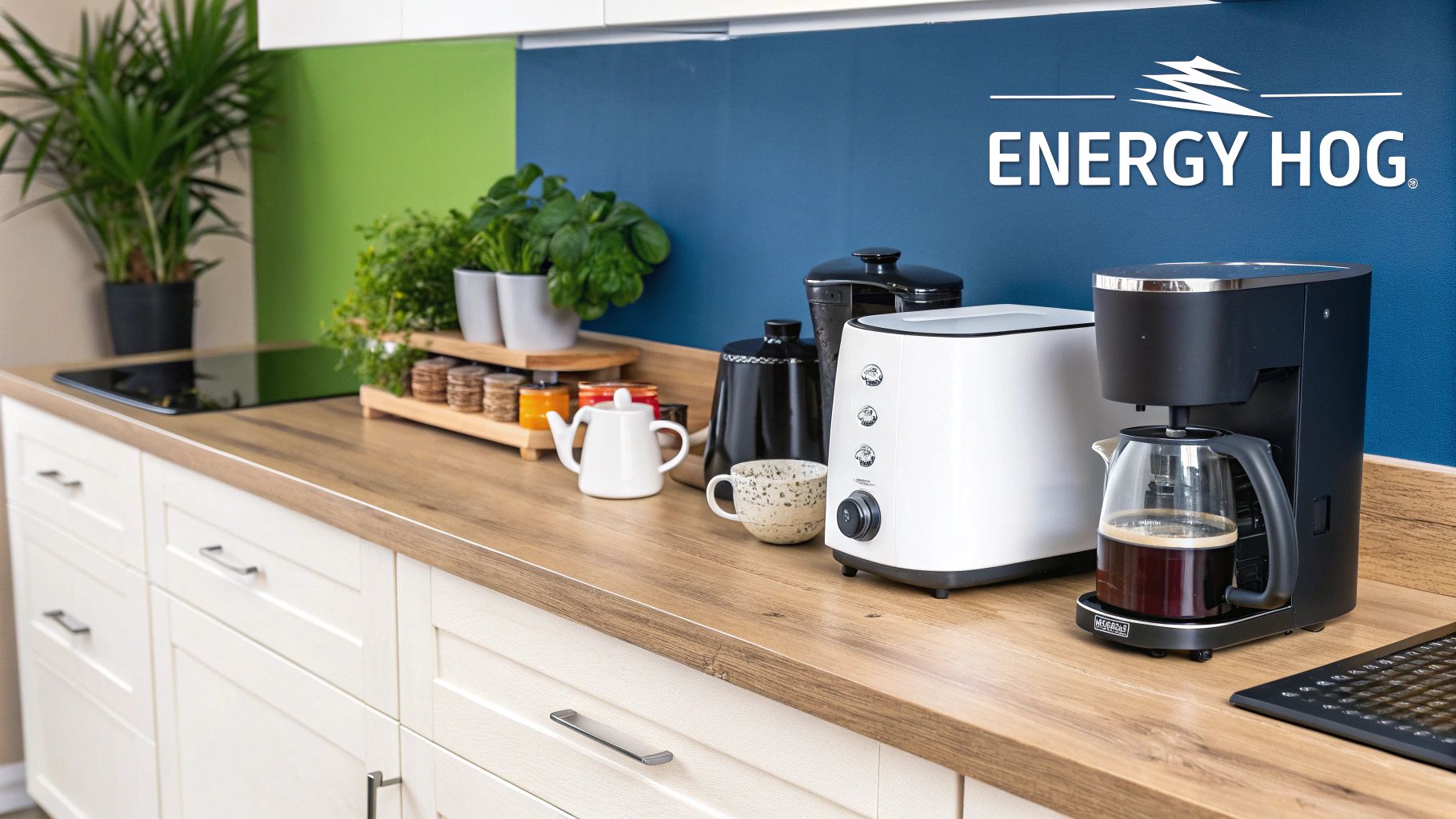
Think about your coffee maker's clock or your TV's sensor—they're always on, waiting. This phantom load can account for a staggering 5-10% of your total household electricity usage. The easiest way to fight back? Plug these electronics into a smart power strip that lets you kill the power to everything with a single switch.
Spotting the Biggest Energy Hogs
Beyond the sneaky phantom loads, some appliances are just naturally power-hungry. Your refrigerator, dishwasher, and clothes dryer are usually the biggest offenders right after your HVAC system. Once you understand their impact, you can make smarter choices.
Let’s take the refrigerator, an appliance that runs 24/7. An older model from the 1990s can easily use more than double the energy of a new ENERGY STAR certified model. The difference is shocking when you break it down.
A new ENERGY STAR refrigerator can cost as little as $50 per year to run, while a pre-2001 model could be costing you over $125 annually. That difference means a new, efficient fridge can pay for itself in just a few years through pure energy savings.
When it's time to replace any appliance, always look for that blue ENERGY STAR label. It's a simple, independent stamp of approval that guarantees the product meets strict efficiency guidelines, saving you money without sacrificing performance.
Smart Habits for Kitchen and Laundry
Upgrading isn't your only move, of course. Changing a few simple habits can lead to significant savings with the appliances you already own. These small adjustments really stack up over the year.
Here are a few easy, high-impact changes you can make today:
- Wash Laundry in Cold Water: Roughly 90% of the energy a washing machine uses is for heating the water. Switching to cold for most loads gives you a huge saving with almost no effort. Modern detergents are designed for it!
- Run Full Loads Only: Your dishwasher and washing machine use similar amounts of energy whether they're half-empty or stuffed. Always wait for a full load to get the most out of every cycle.
- Air-Dry Dishes: Skip the heated dry cycle on your dishwasher. It's a massive energy hog. Just pop the door open after the wash cycle and let your dishes air-dry for free.
- Clean Your Dryer's Lint Filter: This one is huge. A clogged lint filter restricts airflow, forcing your dryer to run longer and work harder. Cleaning it before every single load is a simple step that improves efficiency and, more importantly, prevents a fire hazard.
These habits cost absolutely nothing to adopt but can make a noticeable difference when you get your monthly statement.
Upgrade Your Home for Long-Term Efficiency
https://www.youtube.com/embed/WYvlt2s6jHU
While changing your daily habits is a great start, the biggest, most lasting savings come from smart investments in your home itself. These upgrades tackle the root causes of high energy bills, making your home fundamentally more efficient and comfortable for years to come. Think of it as building a foundation of savings that pays you back every single month.
How your home is built and sealed has a massive impact on your energy use. It's just like a good cooler on a hot Florida day—the better it's sealed, the less effort it takes to keep everything inside cold. Your house works the same way.
Stop Cooling the Neighborhood with Insulation and Sealing
Proper attic insulation is a non-negotiable game-changer here in Florida. Heat doesn't just rise; it radiates down from a roof that’s been baking in the sun all day, making your AC work overtime. Good insulation acts as a thermal barrier, keeping that oppressive heat out and the cool, conditioned air where it belongs: inside your home.
Air leaks are another sneaky problem. We see it all the time—tiny gaps around windows, door frames, and where pipes or wires enter the house. Individually they seem small, but together they can be like leaving a window cracked open 24/7. Sealing these up with caulk and weatherstripping is one of the cheapest, most effective DIY projects you can do.
Key Takeaway: Just by sealing air leaks and adding proper insulation, you can save up to 15% on your heating and cooling costs. It's a foundational step for anyone serious about how to lower their electric bill for good.
Brighten Your Home and Your Budget with LEDs
One of the easiest wins? Switching out your old lightbulbs. Swapping every bulb in your house for energy-efficient LEDs can cut your lighting costs by 20-30%. Since lighting is a surprisingly big chunk of your bill, this one simple change really adds up.
Of course, the biggest savings come from your biggest systems. When it's finally time to replace that old air conditioner, choosing a high-efficiency model is your best move for long-term savings. You can learn more about what to look for by reading about the benefits of ENERGY STAR HVAC systems in our detailed guide.
If you're thinking about even bigger projects down the road, it's a good idea to compare solar panels with traditional energy to see how that investment could pay off.
Pinpoint Weaknesses with a DIY Energy Audit
You don’t need to hire a pro to find the most obvious energy vampires in your home. A quick DIY energy audit can point you right to the problem spots so you can focus your efforts where they'll make the most difference.
- The Flashlight Test: At night, have someone stand outside and shine a powerful flashlight along the edges of your doors and windows. If you can see light sneaking through from the inside, you've found a leak.
- The Incense Stick Test: On a breezy day, light an incense stick and hold it near window frames, electrical outlets, and plumbing fixtures. If the smoke starts wavering or blowing around, you've got an air leak that needs sealing.
By finding these weak points, you can create a real plan of attack, making sure your time and money are spent on the fixes that will actually lower your next electric bill.
Smart Habits That Cost You Nothing
Big savings don't always come from pricey upgrades. Honestly, some of the best ways to cut down your power bill are totally free. It’s all about developing a few smart habits to stop wasting energy without making your life uncomfortable.
These are just simple, conscious choices. When everyone in the house gets on board, you’ll see a real difference in your monthly FPL statement. It's not about sacrifice; it's about being smarter with what you've got.
Let the Sun Work for You, Not Against You
Think of your windows as gateways for either free light or unwanted heat. Playing them right throughout the day costs you nothing but can save a surprising amount on both your AC and lighting bills.
Here in Florida, the sun can bake your home through the windows, making your air conditioner work overtime just to keep up.
- Block the Afternoon Sun: For windows facing south and west, keep those blinds and curtains shut during the peak heat of the day. This simple trick acts as a barrier, blocking the sun's direct rays.
- Embrace Morning Light: Before the day really heats up, open the curtains on the east side of your house. Let that natural light pour in instead of immediately reaching for a light switch.
A little bit of smart window management can cut down on solar heat gain by as much as 45%. That's a huge relief for your AC unit and a welcome sight on your energy bill.
Get the Most Out of Your Ceiling Fans
Ceiling fans are your best friend for feeling cooler without touching the thermostat. They create a wind-chill effect that makes the room feel several degrees cooler, even though the actual temperature hasn't changed.
This means you can comfortably set your thermostat a little higher—maybe 78°F instead of 74°F—and feel just as cool. Just remember the golden rule: fans cool people, not rooms. There’s zero point in leaving a fan spinning in an empty space, so always flick it off when you walk out.
Unplug and Make Smart Swaps
Your everyday routines, especially in the kitchen, are hiding some easy savings. A few small tweaks can cut down on phantom power drain and stop your big appliances from working so hard.
For example, think about how you cook. Reheating leftovers or making a small snack? Using a microwave or a toaster oven uses up to 75% less energy than preheating your big conventional oven, which also dumps a ton of extra heat into your kitchen.
And here’s a big one: get into the habit of unplugging things you aren't using. That phone charger, the coffee maker, the TV, and that game console are all quietly sipping power 24/7. Use a power strip with an on/off switch to make it easy. This "phantom load" adds up, and by cutting it off, you ensure you’re only paying for the electricity you actually use.
Common Questions We Hear About Lowering Electric Bills
When you start looking for ways to lower your electric bill, you’ll quickly find a lot of advice out there—and not all of it is good. People often ask us about thermostat settings, smart gadgets, and whether certain upgrades are actually worth the money.
Let’s clear the air and answer some of the questions we get all the time. Getting these details right is the key to turning your efforts into real savings.
Do Smart Thermostats Really Save Money?
They absolutely do. In our experience, homeowners can trim their cooling costs by 10-15% on average just by installing one. The real win isn't just setting a schedule; it's that these devices learn your family's patterns and adapt on their own.
They take human error out of the equation—no more forgetting to adjust the temperature when you rush out the door. Better yet, many smart thermostats give you detailed energy reports. You can see exactly how much you save by nudging the temperature up just one degree, which helps you find that sweet spot between comfort and cost.
What Is "Phantom Load" and How Do I Get Rid of It?
"Phantom load," or vampire power, is a sneaky one. It’s the electricity your electronics draw even when they're turned off but still plugged in. Think of the little standby light on your TV, the clock on your microwave, or a phone charger that’s plugged into the wall without a phone attached.
It seems like nothing, but all those little trickles of power add up. Across all the gadgets in a typical home, phantom load can be responsible for 5-10% of your total electricity bill.
The easiest fix is to plug devices into a smart power strip that you can program to shut off completely. Of course, the old-school method works just as well: just get in the habit of unplugging things when you're done.
Is It Better to Turn My AC Off or Just Turn It Up When I Leave?
This is probably the biggest question we get, especially here in Florida. The short answer is that for most homes, it's far more efficient to just set your thermostat 5-8 degrees higher when you leave for the day. Don't turn the system off completely.
Why? When you shut the AC off, your home doesn't just get hot; it gets incredibly humid. When you come back and turn it on, your system has to work overtime, running for hours on end to pull all that heat and moisture back out of the air.
That long, hard recovery process almost always uses more energy than it would have taken to simply maintain a warmer, stable temperature all day. A programmable or smart thermostat makes this a set-it-and-forget-it strategy.
Ready to stop guessing and start saving? The experts at Florida Cooling Group can help you optimize your HVAC system for maximum efficiency and comfort. Contact us today for a professional consultation!
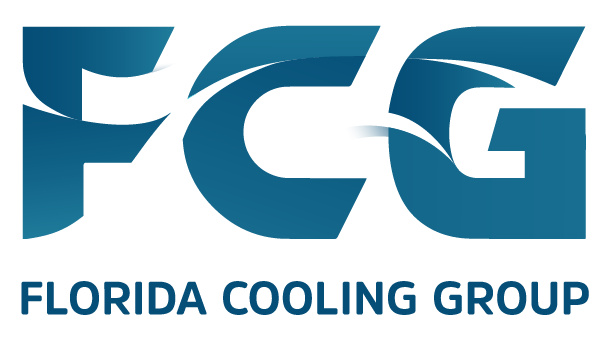
 (561) 400-2205
(561) 400-2205